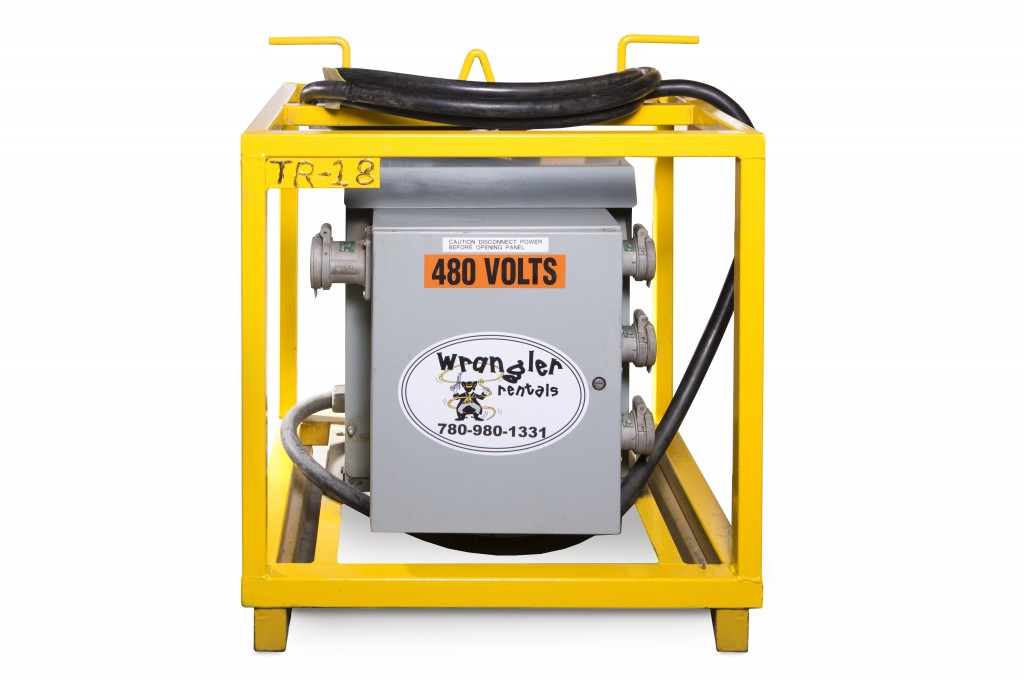Top 10 reasons to choose Superior Oilfield pipeline equipment rentals for safe projects
Everything About Oil Field Equipment and Pipeline Equipment: Secret Insights and Necessary Details
Oil field equipment and pipeline systems play an essential duty in the oil and gas market. They are important for the efficient extraction and transport of hydrocarbons. Secret elements, such as drilling rigs and tank, straight effect operational success. Developments in technology promise to enhance security and performance. Recognizing these components is vital for anybody associated with or interested in this complicated sector, as it establishes the stage for deeper exploration of industry techniques.

Introduction of Oil Field Equipment
As the demand for oil proceeds to grow, recognizing the equipment utilized in oil areas comes to be progressively crucial. Oil field equipment encompasses a variety of machinery and tools crucial for expedition, extraction, and processing. Key parts include piercing rigs, which are critical for getting to oil tanks, and production tools, such as separators and pumps, that assist in the extraction procedure. Superior Rentals reviews. Furthermore, tank play a considerable role in holding petroleum before transport. Safety devices, including blowout preventers and pressure gauges, assures functional safety and security and performance. Each tool features cohesively to enhance production and keep efficient process. Knowledge with this equipment is necessary for professionals in the market to ensure successful operations and adherence to safety requirements
Sorts Of Drilling Rigs and Their Applications
Drilling rigs work as the backbone of oil extraction procedures, with various kinds developed for certain geological problems and operational requirements. One of the most typical kinds consist of rotating drilling rigs, which use a rotating drill little bit to pass through the planet, and cable tool rigs, recognized for their percussion exploration method. For offshore operations, jack-up rigs and semi-submersible rigs give security and support in marine atmospheres. Furthermore, directional boring rigs enable drivers to pierce at angles, reaching down payments that are not up and down easily accessible. Each gear type has special advantages, optimizing efficiency and safety and security based upon the exploration atmosphere. Choosing the suitable gear is crucial for maximizing resource removal while reducing environmental impact and functional expenses.

Important Pipeline Equipment and Their Features
Pipeline framework is vital for the transport of oil and gas from removal sites to refining centers and end-users. Various important tools elements promote this process. Pipelines themselves act as the main conduits, designed to hold up against high stress and destructive materials. Pump stations are crucial for keeping circulation by improving pressure along the pipeline. Valves play an important duty in controlling circulation and isolating areas for maintenance. In addition, installations and connectors guarantee protected joints between pipe sections. Checking systems, including circulation meters and stress sensing units, are vital for spotting leakages and optimizing flow prices. Finally, pigging devices is used for upkeep and cleansing, safeguarding pipeline honesty and performance. With each other, these elements create the backbone of a reliable pipeline system.
Advancements and Technologies in Oil and Gas Equipment

Safety And Security and Maintenance Practices in the Oil Market
While the oil industry has made considerable strides in modern technology and performance, the relevance of robust safety and security and maintenance methods can not be overemphasized. Efficient safety and security methods are necessary to secure employees and the atmosphere, decreasing the danger of crashes and spills. Regular examinations and upkeep of equipment help recognize potential issues prior to they rise, ensuring operational stability. Educating programs for staff members are vital, emphasizing the relevance of security recognition and emergency reaction treatments. In addition, adherence to industry laws and criteria fosters a society of safety and security. Executing innovative tracking innovations can additionally boost upkeep methods, permitting for real-time analyses of devices problems. Ultimately, focusing on safety and security and maintenance is indispensable to the sustainability and success of the oil sector.
Regularly Asked Inquiries
What Are the Environmental Impacts of Oil Field Equipment?
The environmental impacts of oil field equipment include environment destruction, water contamination, and air contamination (Superior rentals squeeze tools). Additionally, tools breakdown can result in spills, negatively influencing wildlife and environments, highlighting the demand for stringent regulations and tracking
How Is Oil Field Equipment Delivered to Remote Locations?
Moving oil field equipment to remote places usually involves specialized lorries, helicopters, or barges. Logistics firms coordinate paths, ensuring devices gets here securely and effectively, considering surface and availability to minimize hold-ups and maximize productivity.
What Regulatory Criteria Govern Oil Field Equipment?
Governing standards controling oil field equipment primarily consist of security, ecological protection, and operational effectiveness standards. Agencies such as OSHA and EPA apply these policies to assure risk-free methods and lessen ecological influence in oil extraction operations.
What Skills Are Required to Operate Oil Area Machinery?

How Do Oil Rates Influence Equipment Demand and Use?
Oil costs significantly affect tools need and use. Higher costs typically bring about raised exploration and production tasks, driving demand for equipment. Alternatively, lower costs may cause minimized procedures and decreased demand for devices.